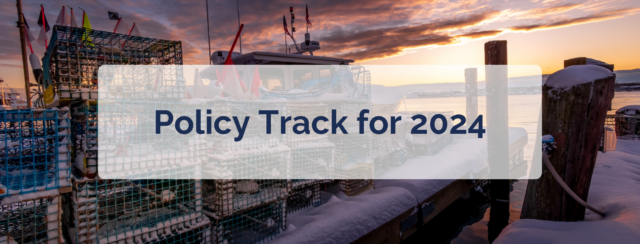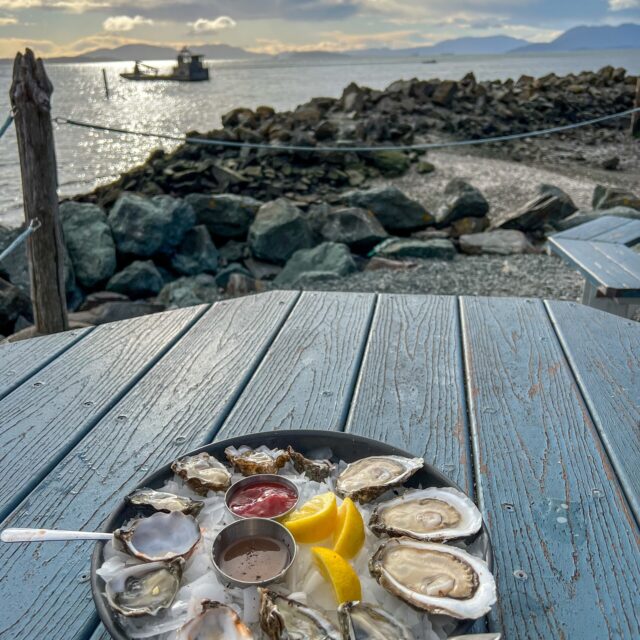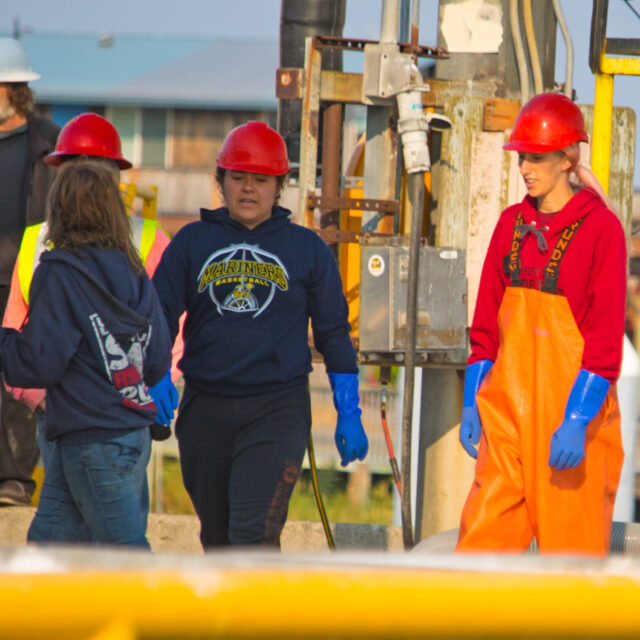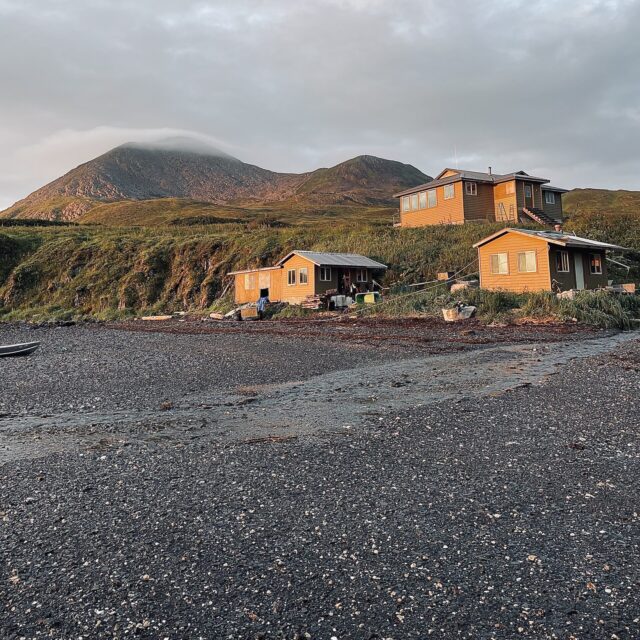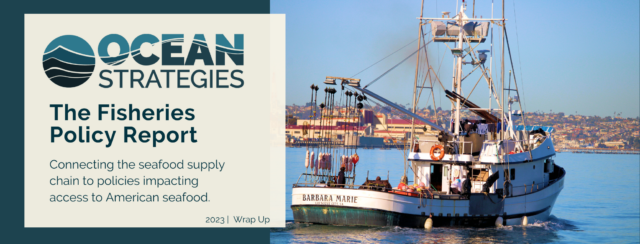
Ocean Strategies is a public affairs firm specializing in seafood, fisheries and marine resources.
This report provides policy and industry updates for those who rely on access to sustainable U.S. seafood. Sign up here.
Included In The Report
- Policy Track for 2024
- Global Market Watch
- Chevron Doctrine Cases
- Climate-Ready Fisheries
- Broadcasting Seafood: the value of fishermen in mainstream media
- Policy Wrap for 2023
- Management Reports
- Fisheries Bills
- 2023 Wrap Up: Aquaculture Policy Report
- An Interview with Tia Clark
- What We’re Reading
- Events & Opportunities
If you’re not tracking the doldrums of the global seafood marketplace, you’re probably not in the business of catching, buying or selling fish.
The bombshell news in mid-December that Alaska (and Seattle) seafood processing giant Trident Seafoods is divesting of a slate of its Alaska processing infrastructure and reducing its corporate workforce by 10 percent sent shockwaves through the industry.
Despite the global downturn in seafood demand and the crash in salmon prices this year, a fishery that sustains a broad reach of Alaska’s coastal communities, the sudden and significant divestment of a long-standing seafood leader leaves many fishery-dependent communities in the state feeling even more uncertain after a difficult year.
Seafood’s slacking demand and slumping sales is well documented on the supply side of the seafood business, but it may well come as a surprise to consumers who haven’t benefited from reductions in retail or restaurant seafood prices.
In another update from the Upside Down (which is starting to feel like the new normal), despite all forecasts of domestic economic prosperity, including slowing inflation, robust federal employment numbers and housing prices, domestic consumers are behaving more like we’re entering a recession than a period of prolonged economic prosperity — yet another likely contributing factor to decreasing demand for seafood.
Given the ongoing war in Ukraine and the devastating conditions in Gaza and Israel, it’s not shocking to imagine that consumers may be treading more lightly with their grocery and dining budgets after spending down their covid-era financial cushions, finding themselves stuck in an unusual housing market, and coping with 20-year-high interest rates.
What is the Chevron Doctrine?
At the top of the year, most fisheries stakeholders in the states will be keeping a close eye on the first Supreme Court arguments for the two cases pending on the Chevron doctrine on January 17. (The doctrine gets its name from the 1984 ruling in the case of Chevron v. Natural Resources Defense Council.)
The two cases to watch — Relentless v. Department of Commerce and Loper Bright Enterprises v. Raimondo — both seek to overturn the 40-year precedent that directs federal courts to defer to any federal agency’s interpretation of an ambiguous statute, given the interpretation is deemed “reasonable.”
Both the Loper Bright and Relentless cases claim federal fishery agencies (NMFS and the Commerce Department where it is housed) overstepped their authority by attempting to require commercial fishing vessel owners to pay for observers in the Atlantic herring fishery to ensure their compliance with fishery regulations. The “ambiguous statute” in this case is the Magnuson-Stevens Act, which does allow for fleet-financed observer coverage, but not explicitly for the Atlantic herring fishery.
Another reason to watch these cases is that they could pave the way for new precedence in deciding similar cases making their way through the courts.
The New England Fishermen’s Stewardship Association filed a suit claiming that the regional fishery management councils are unconstitutional and anti-democratic. Gulf of Mexico fishermen George Arnesen and Ryan Bradley filed a similar suit against the federal government and the Gulf council, declaring it an unconstitutional regime.
NOAA Fisheries’ counter-argument in those cases is that the councils are not federal agencies, nor are their members considered federal officers, but rather advisors serving as part of an advisory body to the agency.
Also at the federal level, we’ll be tracking NOAA Fisheries’ next steps on the National Standard guidelines, likely in the first quarter of 2024, and the implementation of the Equity and Environmental Justice Strategy. (For more background, read our recap of 2023 federal policies.)
What does it mean to have Climate-Ready Fisheries?
Climate-Ready Fisheries looks to be an emerging priority for NOAA Fisheries in the new year, backed by Inflation Reduction Act funding to the tune of nearly $350 million.
“Climate-ready fisheries” is a descriptor for an adaptive and responsive fishery management approach that accounts for climate uncertainty, protects critical habitat, builds resilient communities, and incorporates a collaborative approach to problem-solving.
NOAA has in place a Climate, Ecosystems, and Fisheries Initiative, which is designed to build a modeling and decision support system to inform managers and help decision makers respond to fisheries needs while also reducing impacts, increasing resilience, and improving adaptation to changing ocean conditions.
An initiative, however, is not a policy. NOAA also is lacking an official definition for Climate Ready Fisheries specific to the agency and federal managers.

Broadcasting Seafood:
The value of seafood and fishermen in mainstream media
America’s fishermen have no shortage of issues pulling their eyes from the water — changing ecosystems, constant regulatory review, market fluctuations, competing ocean development, rising supply and fuel costs, all in addition to the work of fishing itself. It can be easy to get caught in the overwhelm, and forget that our roots provide us with a basic, powerful advocacy tool — our unique, personal stories about food, wild places, and the complexity of modern sustainability.
Alaska commercial fisherman and Ocean Strategies consultant Hannah Heimbuch recently participated in a unique approach to seafood news, spending a morning in a Seattle studio kitchen recording 26 back-to-back interviews focused on what makes seafood sustainable, and how to enjoy it at home.
This got us thinking about how fishermen can be doing this more within their own news regions. Maybe your hook is food, small business, ocean health, or simply the appeal of marine livelihoods. Regardless, there is a mainstream place for fishermen as critical ambassadors for the entire seafood supply chain.
Where do you want and need to tell your story? Let us know how we can help.
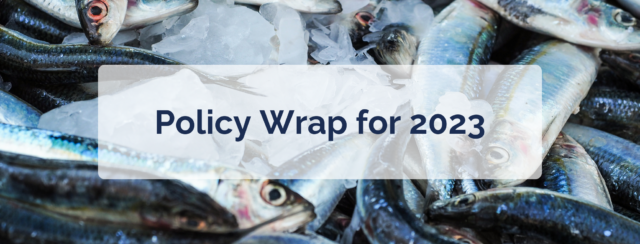
Despite gridlock in Congress, federal fishery managers and congressional advocates of community-based fisheries churned out new opportunities for domestic fishing fleets to self-advocate and preserve critical access points to sustainable fisheries and working waterfronts.
A suite of legislative proposals came at the end of the year, prioritizing health, wellness, safety and working waterfront preservation — all key to sustainable and ethical fisheries.
Additionally, the National Marine Fisheries Service (NOAA Fisheries) kept federal fisheries oversight moving into the 21st century with the release of a National Equity and Environmental Justice Strategy, a new National Seafood Strategy, and most recently an Arctic Report Card.
The agency also embarked on the first steps to updating the National Standard guidelines, which outline agency priorities and interpretations of the Magnuson-Stevens Act’s 10 National Standards (sometimes called the Fisheries Bill of Rights) with instructions for the regional councils to use when creating and amending fishery management plans.
The agency invited public comment on proposals to update standards 4 (Allocations), 8 (Communities) and 9 (Bycatch), which garnered a lot of interest from community-based fishing groups like the Fishing Communities Coalition whose mission is to sustain resilient fishing communities on every coast.
The public is likely to hear more about the agency’s next steps and how they will incorporate public comment in the first quarter of 2024.
Fisheries Bills
On the Hill, federal fisheries bills proliferated around legislation that may or may not move forward in early 2024 as the next federal shutdown looms over Congress with funding expirations set for Jan. 19 and Feb. 3, 2024.
FISH Wellness Act
The Fishing Industry Safety Health and Wellness (FISH Wellness) Act, introduced by Senators Ed Markey (D-Mass.), Dan Sullivan (R-Alaska), Susan Collins (R-Maine), Jeff Merkley (D-Ore.), Lisa Murkowski (R-Alaska), Jeanne Shaheen (D-New Hampshire), and Roger Wicker (R-Miss.), proposes to put commercial fishing safety training on an even fiscal playing field with other programs of its type across industries served by the National Institutes for Occupational Safety and Health.
Working Waterfronts
A pair of working waterfront preservation bills aim to maintain access to the waterfronts in coastal communities for our nation’s fishermen and other maritime workers, supporting commercial fishing, aquaculture, boatbuilding, and other vital community shoreside activities.
The Working Waterfronts Preservation Act (introduced by Maine Sen. Susan Collins and Rhode Island Sen. Jack Reed):
- Would establish a $20 million grant program to help municipal and state governments, nonprofit organizations, and participants in maritime industries purchase or improve working waterfront property in coastal states.
- Grants would be administered by the Economic Development Administration, and successful applicants would need to be endorsed by state fisheries agencies.
- Eligible recipients would be required to permanently protect an area as working waterfront.
Keep America’s Waterfronts Working Act (introduced by Maine Rep. Chellie Pingree and Virginia Rep. Rob Wittman):
- Establishes a Working Waterfronts Grant Program to provide matching, competitive grants to coastal states, Tribes, and Native Hawaiian Organizations to help preserve and expand access to coastal waters for water-dependent businesses.
- Creates a loan fund for working waterfronts preservation, modeled after state drinking water loans.
- Authorizes $50 million each for both the loan and grant programs.
- Organizes a Working Waterfronts Task Force at the Department of Commerce to identify and prioritize critical needs for working waterfronts, especially in the face of the climate crisis and increased trade threats.
National Aquaculture Policy Report
Looking for more on the federal aquaculture bills? Catch our 2023 Wrap Up: Aquaculture Policy Report.
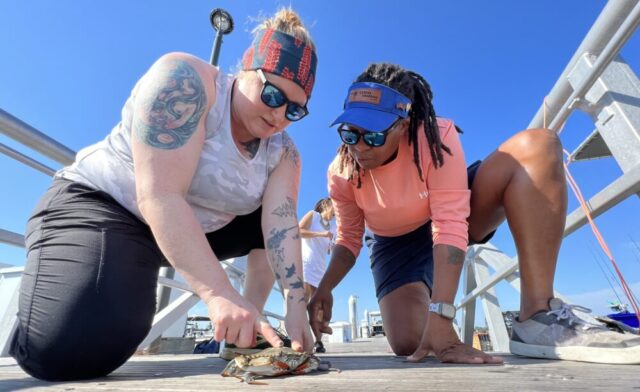
An Interview with Tia Clark
Ocean Strategies’ Hannah Heimbuch met with Tia Clark to learn more about her waterfront guide business — Casual Crabbing with Tia — and how she turned a personal passion into a beloved community experience.
Tia Clark didn’t set out to be a waterfront guide. Initially, she was just looking for a healthy way to get outside. When a cousin took her crabbing for the first time, she found that and so much more. That first day on the water turned to every day, turned to what is now an internationally award-winning business helping people build and re-build their relationship with the marine ecosystem.
“I teach people how to crab. That’s one way of saying it. Or you can say that I help people build an unbreakable bond with the water. I’m trying to teach people that you don’t have to have a boat. You don’t have to have money. You can have just as much fun and you can just really have this life changing bond with the natural resources that are around us.”
What We’re Reading
Food is a universal thing. We all love to eat.
This recent Food Fix article includes an interview with author, advocate, and strategist Katherine Miller.
Katherine (the force behind the James Beard Foundation advocacy training program, Chef Bootcamp for Policy and Change) surmises “Food is a universal thing. We all love to eat.” It turns out that chefs make great lobbyists. Katherine even mentions Seattle-based Renee Erickson, a well-known chef who inadvertently supports the reclamation of salmon waterways, by supporting community-based organizations and Pacific Northwest tribes that do so already.
Katherine’s new book about this work, “At the Table: The Chef’s Guide to Advocacy” is targeted primarily at chefs, but it offers insights on advocacy that are applicable far beyond the culinary world.
Orca deaths in Alaska’s federal waters
Bottom-trawl gear to blame for most of this year’s fishery-related killer whale deaths, says NOAA.
A federal investigation into the unusually large number of Bering Sea and Aleutian killer whales found dead this summer determined that most but not all of the deaths were killed by entanglement in fishing gear.
The bottom-trawling gear that entangled the nine whales, also called orcas, was from vessels in what is known as the Amendment 80 fleet – roughly 20 large ships that both catch and process fish. These catcher-processors use trawl nets that sweep the seafloor to harvest Atka mackerel, yellowfin sole, rock sole and other flatfish species. They do not harvest pollock, the species that makes up the biggest volume of harvested Alaska seafood.
In the other two cases, one dead killer whale was found in trawl gear used by a vessel harvesting pollock, the agency said. That whale was determined to have been dead before it became entangled.
Widening the Safety Net
FISH Wellness Act can advance safety training and fishermen’s health programs.
“Fishing communities are close-knit by nature,” said Emily Coffin, Seafood and Fisheries Policy coordinator for the Maine Coast Fishermen’s Association. “When tragedy strikes, all members are personally affected by loss. Safety training does more than save one or two lives; it can keep communities whole.”
Every injury or loss of life at sea is a tragedy. Safety training programs across the country have reduced commercial fishing vessel injuries and fatalities by nearly 80 percent since the National Institute for Occupational Safety and Health began a grant program to help fund research and development for safety training.
Now, a new fishing-focused and industry-led safety and wellness bill in Congress presents an opportunity to expand access and the coverage of those programs by taking a holistic approach to fishermen’s health, both physical and mental. It would also eliminate a required 25 percent funding match that has often been passed on as an expense to commercial fishermen or their trade organizations participating in safety training.
The Fishing Industry Safety Health and Wellness (FISH Wellness) Act, introduced by Senators Ed Markey (D-Mass.), Dan Sullivan (R-Alaska), Susan Collins (R-Maine), Jeff Merkley (D-Ore.), Lisa Murkowski (R-Alaska), Jeanne Shaheen (D-New Hampshire), and Roger Wicker (R-Miss.), proposes to put commercial fishing safety training on an even fiscal playing field with other programs of its type across industries served by the National Institutes for Occupational Safety and Health.
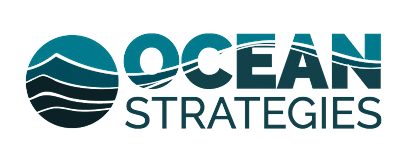
Here is a list of links to our most recent policy reports. You are always able to find them on our Ocean Pulse Blog. If you’d like to receive them directly, just sign up here.
Events & Opportunities – Q1 2024
-
- January 24 – Alaska Marine Policy Forum, virtual event
- February 18-21 – Aquaculture America 2024,San Antonio, TX
- February 26-29 – 3rd Annual Mariculture Conference of Alaska, Anchorage, AK
- February 29-March 2 – Maine Fishermen’s Forum, Rockport, ME
- March 3-7 – World Fisheries Congress, Seattle, WA
- March 5-7 – North Atlantic Right Whale Strike Risk Reduction Technology Workshop, Arlington, VA (virtual option too)
- March 10-12 – Seafood Expo North Atlantic, Boston, MA
